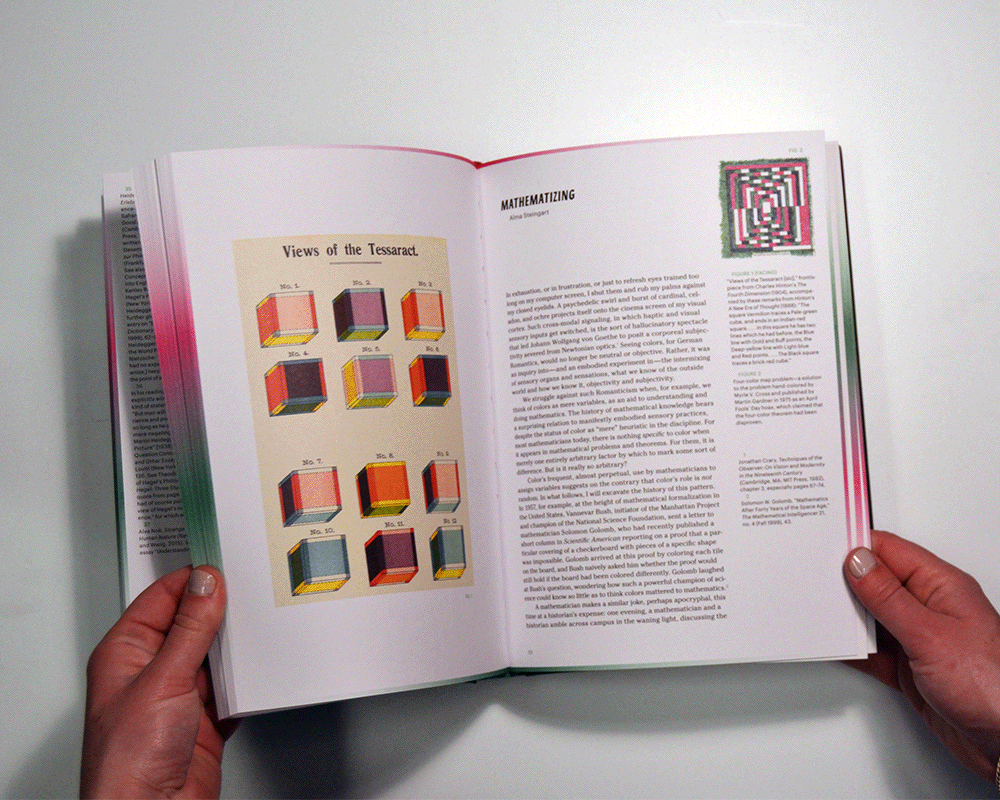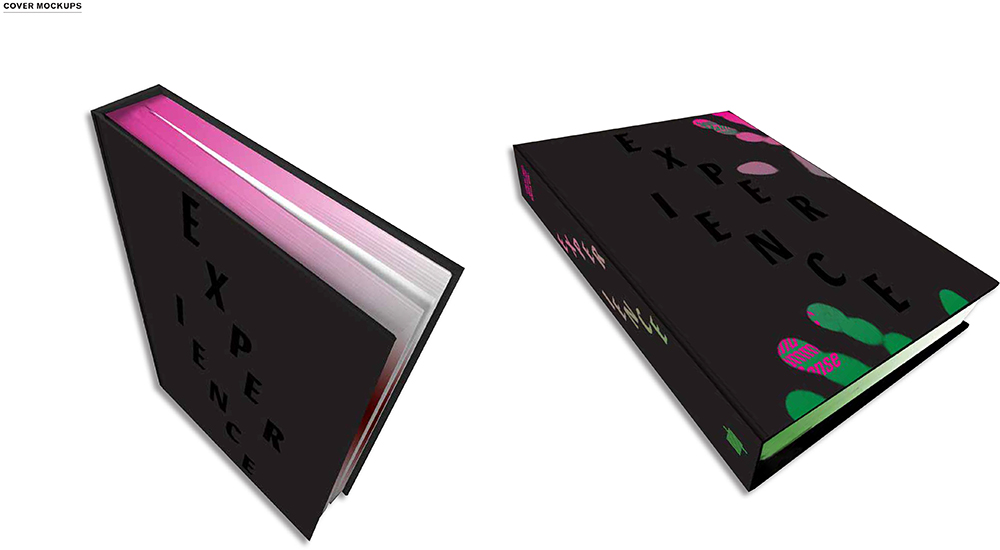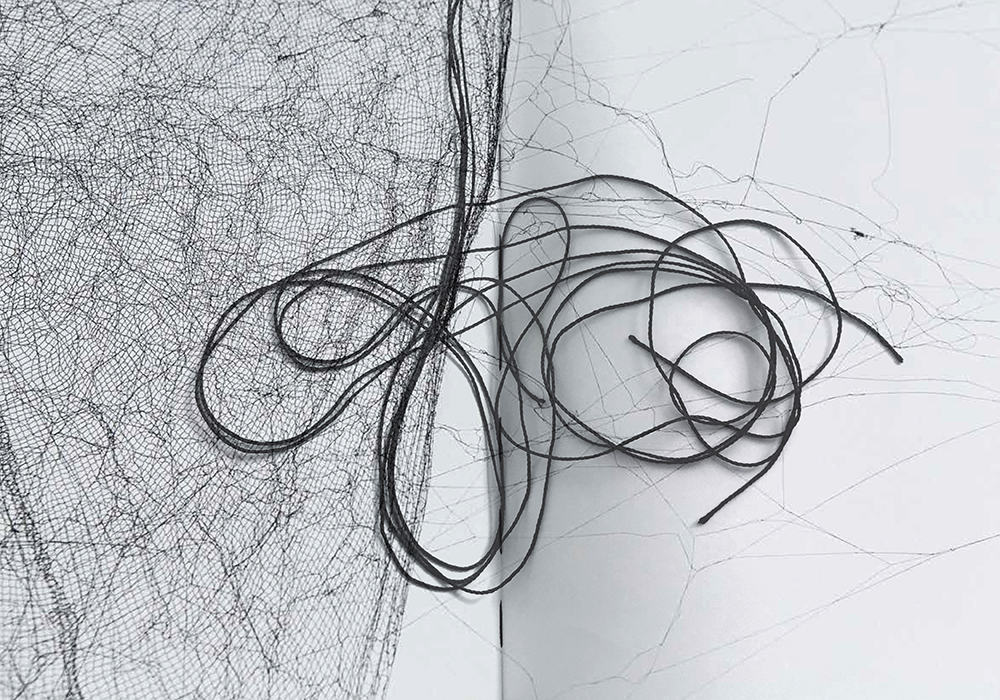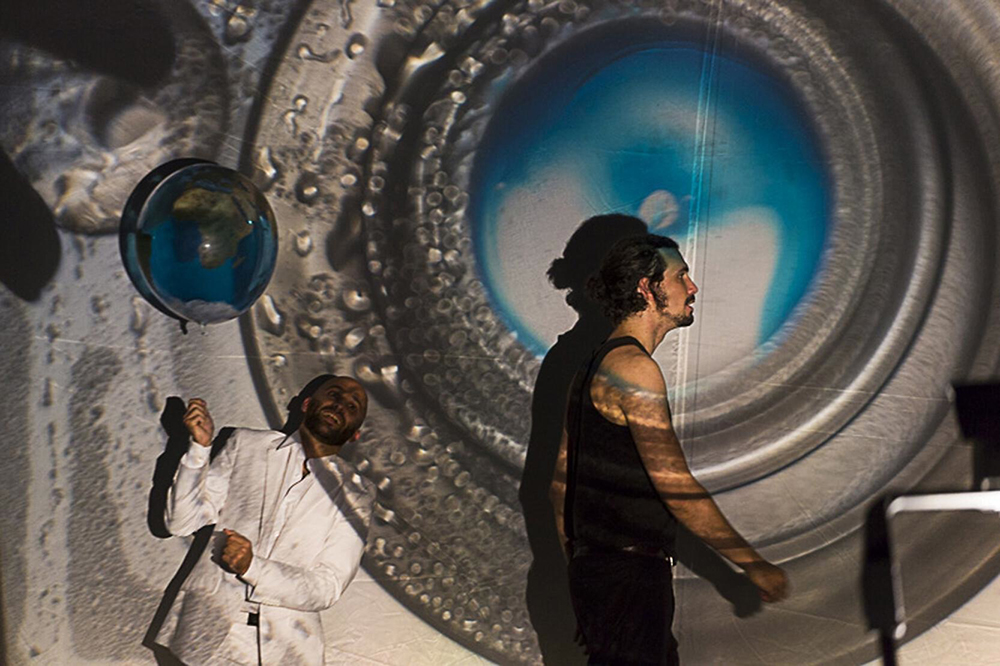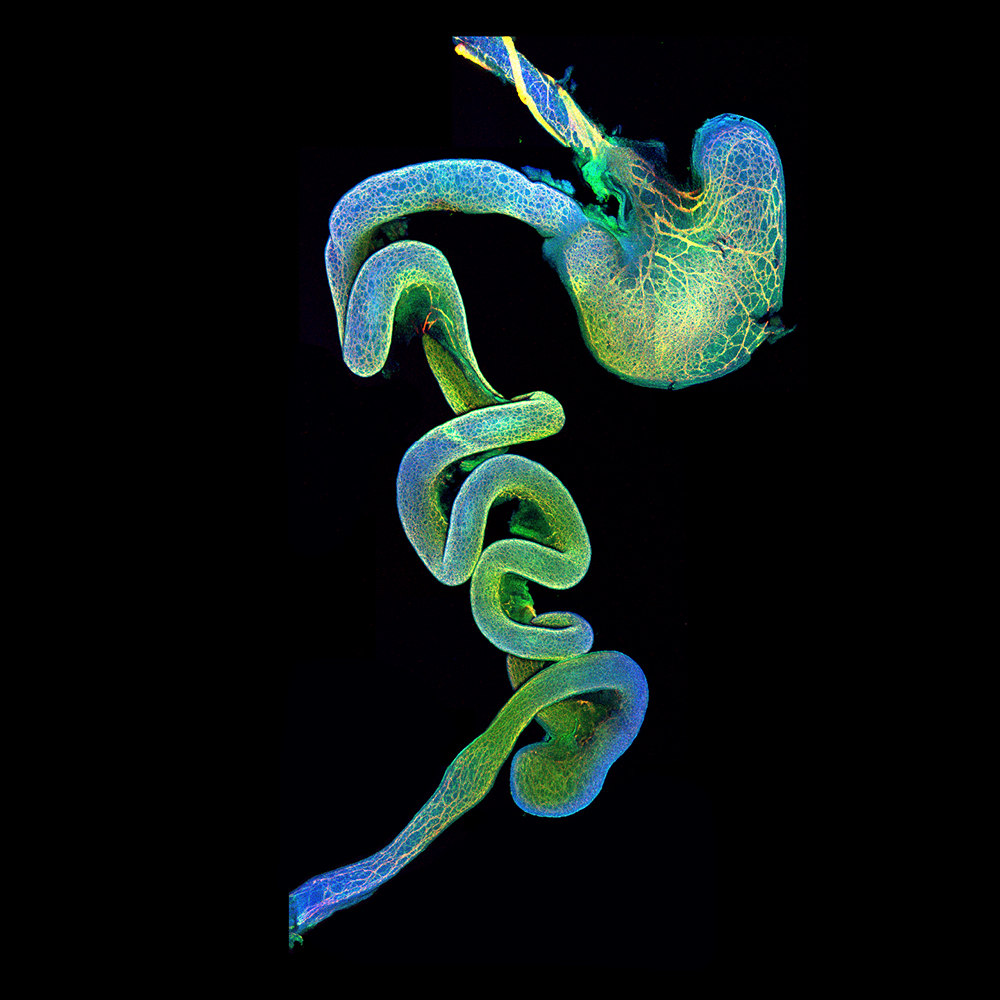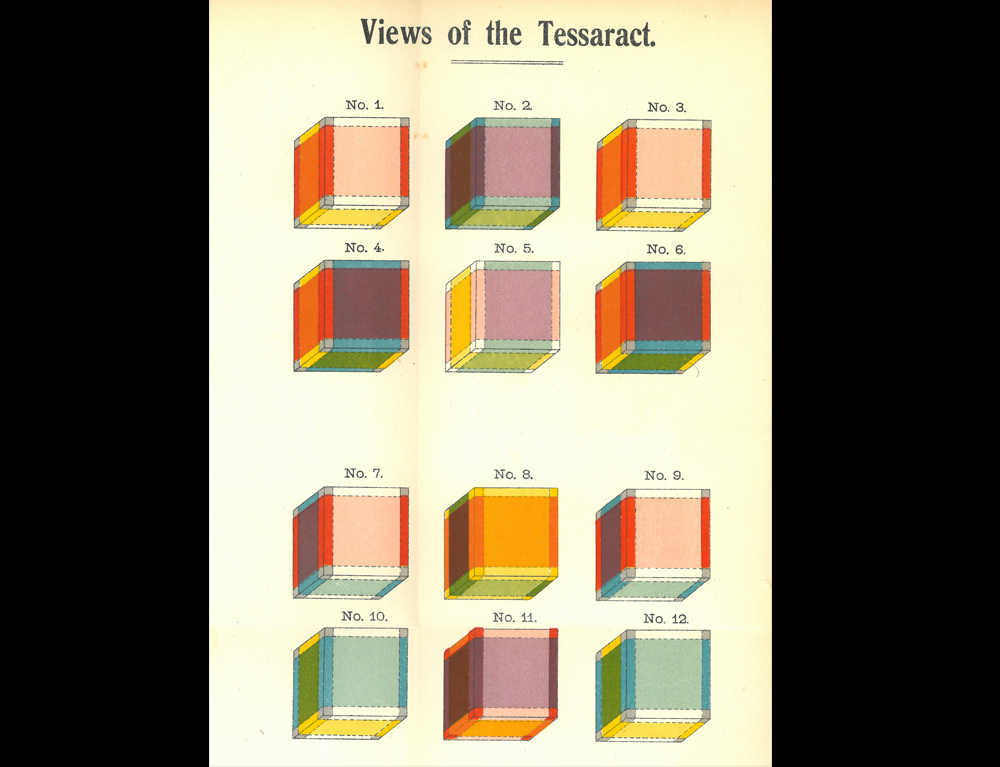The editors of Experience: Culture, Cognition, and the Common Sense, Caroline Jones, David Mather and Rebecca Uchill, describe the unusual material features, artistic interventions and intellectual provocations that make this book object something more than a typical codex.
Experience: Culture, Cognition, and the Common Sense is conceived as an interrogation of the category of “experience” from a range of disciplinary perspectives and material confrontations. The first publication of the MIT Center for Art, Science & Technology (CAST), the book convenes a conversation with artists, musicians, philosophers, anthropologists, historians and neuroscientists, each of whom explores experience across sensorial and cultural realms. As part of this undertaking, the editors invited leading contemporary artists to produce aesthetic experiences that unfurl during the reader’s engagement with this book object.
A special heat-sensitive thermal cover by Olafur Eliasson incorporates both tactile and “cosmic” concepts. When exposed to heat, the changing ink reveals typeset words, powerful colors, and an Eliasson drawing underneath the all-black cover.
Carsten Höller designed front and back endpapers in the form of the Zöllner illusion printed with a special ink impregnated with encapsulated synthesized human pheromones, Estratetraenol and Androstadienone. (As the names suggest, these are “tuned” to female and male olfactory signal systems, respectively.)
Artist Tauba Auerbach designed the book’s outer edges. Gradient Flip, a design in complementary colors bleeding off the outer margins, appears to be green-fading-to-magenta on one side of the book, and the reverse pattern on the other side. When the book is manipulated, the colors oscillate for a dynamically shifting effect.
Renowned experimental composer and sound artist Alvin Lucier produced an original musical composition for the book. The score Closed Book instructs the reader to “play” the volume as an instrument by tapping on the object of the book in certain rhythmic patterns.
Renée Green contributed a reflective piece of design and visual poetry from her deeply colorful Space Poems series, which can be seen as an exploration of artistic process.
A sculptural intervention by Tomás Saraceno tangles the reader in a set of wildly extended bookmarks that cascade from the center of the book when opened. They emerge from a backdrop of his inked spiderweb prints. These bookmarks invite readers to contemplate Saraceno’s interest in “social spiders,” whose individual silks combine with others’ to create dynamic collective structures.
Other art-based contributions to the book include an interview (never before published in English) with Tino Sehgal, as well as an excerpt of Bruno Latour’s contribution to the collaborative theatrical production Waiting for Gaïa. Dialogues between the arts and other disciplines are also expanded on the pages of the book, for example, in Adam Frank’s writings on Alvin Lucier through the lens of affect theory, or Latour’s use of neuroscientist Bevil Conway’s work on dynamic visual processes, or Conway’s own close reading of vision science, explored as well in the paintings by Tauba Auerbach, also illustrated in the book.
The book was provoked and stimulated by a fall 2014 symposium sponsored by MIT’s Center for Art, Science, & Technology, “Seeing, Sounding, Sensing,” and includes a selective set of its contributors, including historian Mara Mills, cognitive neuroscientist Josh Tenenbaum, and anthropologist Stefan Helmreich. However, the matters of inquiry in this book have long been important to its editorial team. Caroline Jones, in her long commitment to a critique of visuality as the unnecessary obsession of modernity, realized that her successful MIT Press book Sensorium, in its exploration of multi-sensory modalities, left notions of “embodied experience” largely unexamined. David Mather, a scholar of early 20th-century visual art, sound and cinema, was the inaugural CAST Mellon Postdoctoral Fellow who helped to organize the 2014 symposium. Rebecca Uchill is a curator and scholar who has worked on the changing category of “experience” in art events and academic publications. Collectively, the editors expanded the scope of the inquiry and solicited contributions ranging from newly commissioned essays from Douglas Kahn, Natasha Schüll, Adam Frank, Michael Rossi, and Vittorio Gallese, to classic existing texts by Joan W. Scott, Alva Noë, Jacques Rancière, Michel Foucault, John Dewey, Edmund Husserl, and William James.
Through the various evocations of experience offered by the book’s material and aesthetic form, as well as the many conceptualizations of experience framed by its contributors, the reader is given an array of means for comprehending the world—socially, politically, and poetically. The stakes of this enterprise are high: as Bruno Latour notes in his contribution to the book, in discussing the urgency of cultivating sensitivity to environmental change, “Becoming sensitive requires taking account of the everyday experience of being.”
The book is designed by Kimberly Varella with Becca Lofchie, Content Object Design Studio, and is 352 pages, including 160 illustrations, 135 in color.
Editors
Caroline A. Jones is Professor of art history in the History, Theory, Criticism (HTC) section of the Department of Architecture at MIT. Her books include the edited volume Sensorium: embodied experience, technology, and contemporary art (MIT Press and the MIT List Visual Art Center, 2006).
A former Andrew W. Mellon postdoc at MIT, David Mather is an Assistant Professor of art history in the Art Department at the State University of New York Stony Brook; his research focuses on early 20th-century visual art, sound, and cinema and his forthcoming publications include an article on Italian futurism founder F.T. Marinetti.
Rebecca K. Uchill received her doctorate in art history from MIT’s HTC Program in 2015 for her history of the avant-garde curator Alexander Dorner; her article “Original und Reproduktion: Alexander Dorner and the (Re)production of Art Experience” was recently published in the journal Future Anterior. She is co-founder of Experience Economies, a curatorial collaboration.

